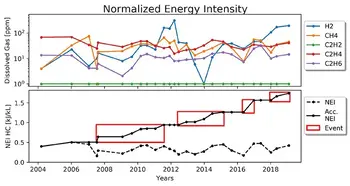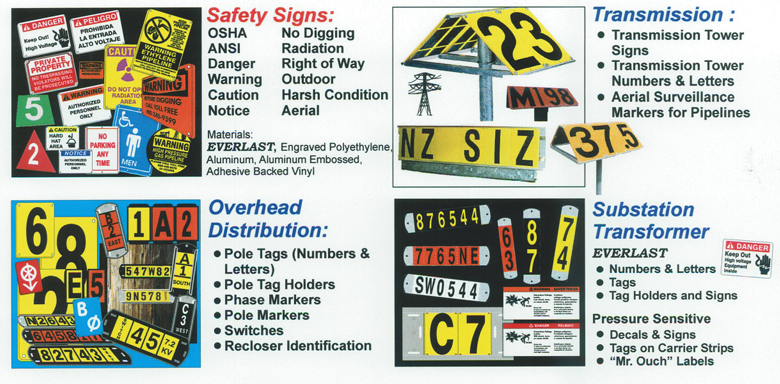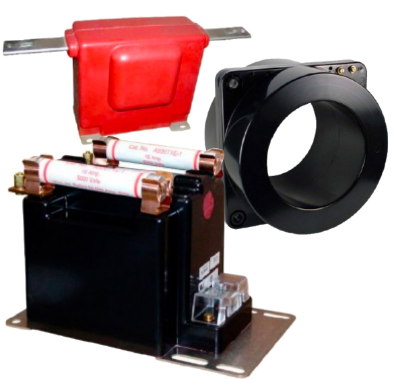Arc Flash PPE Requirements for NFPA 70E Compliance
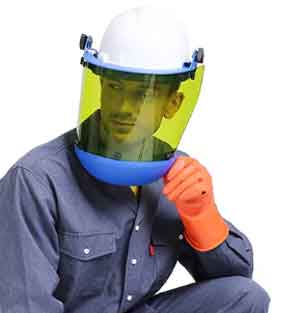
CSA Z462 Arc Flash Training - Electrical Safety Essentials
Our customized live online or in‑person group training can be delivered to your staff at your location.
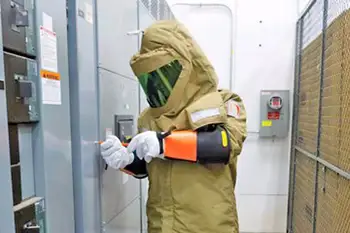
- Live Online
- 6 hours Instructor-led
- Group Training Available
Download Our OSHA 4474 Fact Sheet – Establishing Boundaries Around Arc Flash Hazards
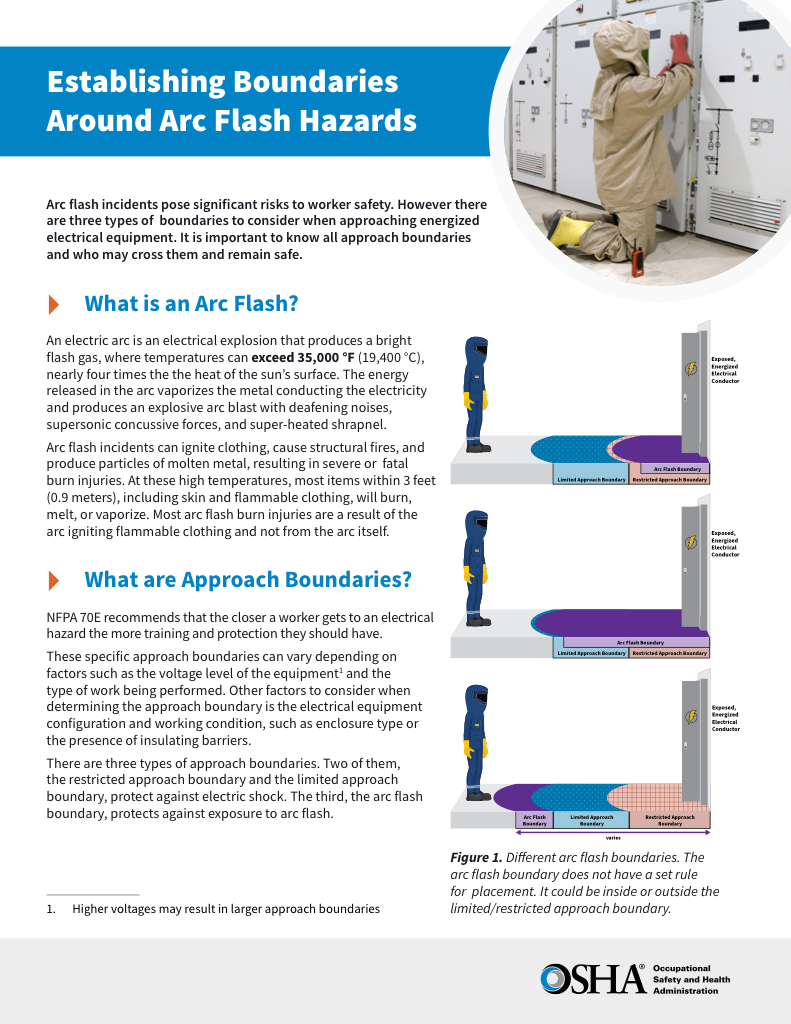
- Understand the difference between arc flash and electric shock boundaries
- Learn who may cross each boundary and under what conditions
- Apply voltage-based rules for safer approach distances
Arc flash PPE requirements ensure workers wear appropriate protective gear, like arc-rated clothing and face shields, based on incident energy levels, minimizing injury risks.
What are Arc Flash PPE Requirements?
Arc flash PPE requirements are safety standards mandating specific protective equipment, such as arc-rated clothing, gloves, and face shields, based on the calculated incident energy exposure during electrical tasks, ensuring worker safety from arc flash hazards.
-
✅ Four PPE Categories: Classified by incident energy levels (4 to 40+ cal/cm²), each category dictates specific protective gear requirements.
-
✅ Determination Methods: PPE needs are identified through either detailed incident energy analysis or standardized task-based tables.
-
✅ Compliance Standards: Following NFPA 70E and CSA Z462 ensures proper PPE selection and enhances electrical safety.
Arc flash PPE requirements define the essential safety measures electrical workers must follow when performing energized tasks. From identifying hazard levels to selecting properly arc-rated (AR) gear, compliance with NFPA 70E guidelines ensures that the right protective clothing is worn for every situation. These standards help prevent serious injuries by aligning personal protective equipment (PPE) with the specific risks present in industrial and commercial electrical systems.
Request a Free Training Quotation
Selecting the right arc flash protection starts with understanding and following electrical PPE guidelines based on a thorough incident energy assessment of the work environment. This assessment helps determine the potential thermal energy a worker may be exposed to during an arc flash event. Based on this, employers must align task-based protection levels with the appropriate PPE hazard classification, ensuring that each job matches the correct safety equipment level. Organizations can minimize risk by identifying the required protective gear by task while meeting compliance requirements and safeguarding workers from preventable injuries. Use this arc flash PPE requirements chart to match clothing and gear with incident energy levels.
Electricity Today T&D Magazine Subscribe for FREE

- Timely insights from industry experts
- Practical solutions T&D engineers
- Free access to every issue
Understanding Hazards and PPE Levels
An arc flash is a dangerous electrical event that can release a violent burst of heat and pressure, causing severe injuries, burns, or even fatalities. To protect against this, NFPA 70E outlines four PPE levels based on incident energy, measured in cal/cm². Each level requires AR clothing and accessories designed to withstand a certain degree of thermal exposure.
PPE categories are based on the incident energy levels likely to be encountered during a task:
-
Category 1 (4 cal/cm²): Requires AR shirt and pants or coverall, face shield with wrap-around protection, hard hat, and voltage-rated gloves.
-
Category 2 (8 cal/cm²): This category adds an AR balaclava or flash hood and may require a heavier fabric weight.
-
Category 3 (25 cal/cm²): Requires a full suit, AR hood, gloves, and hearing protection.
-
Category 4 (40 cal/cm²): This category involves multi-layered suits designed for the highest exposure levels. For severe hazard scenarios, read about high-calorie suits on our 100 Cal Arc Flash Suit page.
Understanding the standards for minimum ratings ensures that protection is properly aligned with the electrical hazard classification for the task at hand. To better understand the different protection levels, explore our Arc Flash PPE Category page, which breaks down hazard levels and required gear. The NFPA 70E PPE requirements help define the proper protective equipment for various electrical tasks.
How Arc Flash PPE Requirements Are Determined
There are two acceptable methods under NFPA compliance for determining what PPE is required:
-
Incident Energy Analysis: A detailed engineering assessment calculates thermal energy at working distance. This method provides exact values for incident energy exposure levels and drives specific PPE requirements.
-
PPE Category Tables: Table 130.7(C)(15) and related charts define the PPE required for various tasks and equipment types, providing a simplified way to assess risk when a full engineering analysis is not performed.
Both approaches are valid and should be used according to the system's complexity and the precision needed for task-specific PPE.Selecting the right arc flash clothing is essential for compliance with NFPA 70E and CSA Z462 standards.
Key Electrical Safety Requirements
In addition to wearing the correct PPE, electrical workers must follow these requirements to ensure safety and legal compliance:
-
PPE must be AR and tested to meet or exceed the task's energy exposure.
-
Garments must be inspected and maintained regularly for damage, contamination, or wear that could reduce protection.
-
PPE must provide full body coverage, leaving no skin exposed during the task.
-
PPE should be clearly labeled with ratings in cal/cm².
-
Training must be provided to workers on the correct use and limitations of their PPE.
Employers are also responsible for maintaining a documented PPE selection process to ensure workers are properly outfitted based on the risk and job type. Explore the full range of arc flash safety gear required to minimize injuries from electrical incidents.
Best Practices for PPE Implementation
To meet and exceed requirements, companies should:
-
Integrate PPE selection into job safety planning.
-
Use risk-based PPE assessment tools when possible.
-
Maintain and audit PPE inventories to ensure availability and compliance.
-
Train staff regularly on PPE care, storage, and donning procedures.
In high-risk environments, incident energy suits and thermal-resistant garments offer additional protection, especially for workers operating close to energized components. Learn what goes into a fully compliant suit by checking out our in-depth page on the Arc Flash Suit, including face shields, gloves, and head protection. Learn how PPE performance is evaluated and rated for arc flash protection to ensure worker safety in high-risk environments.
Arc flash PPE requirements are not static checklists—they are living standards that evolve with each update of NFPA 70E. Organizations create a safer and more compliant electrical work environment by following proper PPE selection guidelines, understanding electrical hazard levels, and enforcing correct usage policies. Proper application of these rules not only satisfies compliance—it saves lives. Arc Flash Category 1 PPE includes basic protective clothing for tasks with low incident energy exposure.
Sign Up for Electricity Forum’s Arc Flash Newsletter
Stay informed with our FREE Arc Flash Newsletter — get the latest news, breakthrough technologies, and expert insights, delivered straight to your inbox.
Related Articles:
Explore our Arc Flash Training Programs or contact us to Request a Free Training Quotation for group safety sessions and PPE consultation.






